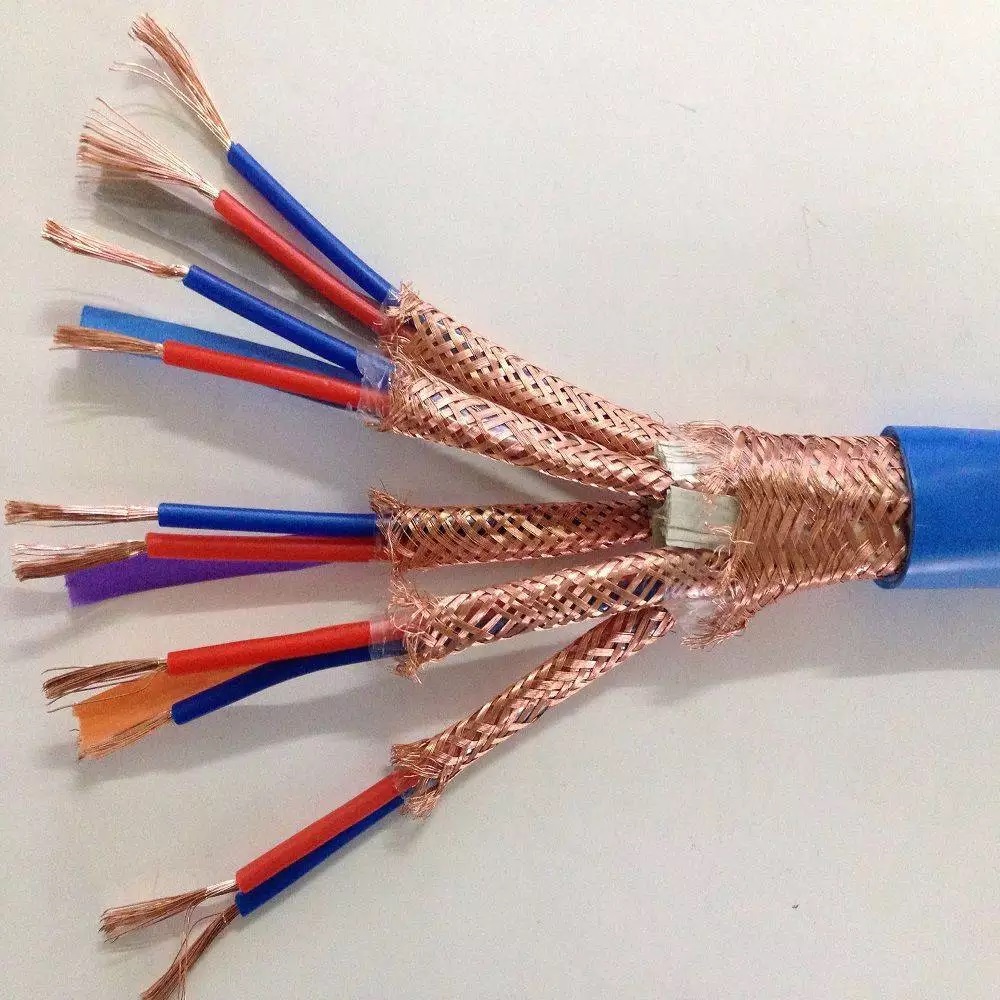Introduction:
Power cables are essential components in electrical systems, providing the necessary transmission of electrical power from one point to another. High-frequency power cables, in particular, are designed to handle high-frequency electrical currents efficiently. These cables are commonly used in various applications, including telecommunications, medical devices, industrial machinery, and renewable energy systems. This article provides a detailed exploration of high-frequency power cables, including their design principles, applications, and benefits.
Design Principles of High-Frequency Power Cables:
High-frequency power cables are engineered to transmit electrical signals at frequencies above the standard power line frequencies of 50-60 Hz. These cables are designed to minimize signal loss, electromagnetic interference (EMI), and noise, making them ideal for high-frequency applications. The following are some key design principles of high-frequency power cables:
1. Conductor Material: The choice of conductor material is crucial in high-frequency power cables. Copper and aluminum are commonly used due to their excellent conductivity properties. Copper is preferred for its high conductivity and low resistance, making it suitable for high-frequency applications.
2. Insulation Material: The insulation material used in high-frequency power cables plays a critical role in maintaining signal integrity and preventing signal loss. Common insulation materials include PVC, XLPE, and silicone rubber, each offering specific benefits such as high dielectric strength, thermal stability, and flexibility.
3. Shielding: To minimize EMI and noise interference, high-frequency power cables are often shielded with metallic or conductive materials. The shielding provides a barrier against external electromagnetic fields and prevents signal degradation.
4. Impedance Matching: High-frequency power cables are designed to maintain impedance matching between the cable and the connected devices. Proper impedance matching ensures efficient signal transmission and minimizes reflections that can lead to signal distortion.
5. Cross-Talk Prevention: Cross-talk refers to the unwanted coupling of signals between adjacent conductors in a cable. High-frequency power cables are designed with appropriate spacing and shielding to prevent cross-talk and ensure signal integrity.
Applications of High-Frequency Power Cables:
High-frequency power cables find extensive applications in various industries and sectors due to their ability to transmit electrical signals efficiently at high frequencies. Some common applications of high-frequency power cables include:
1. Telecommunications: High-frequency power cables are widely used in telecommunications systems, including data centers, telecommunication towers, and networking infrastructure. These cables facilitate the transmission of high-speed data and signals over long distances with minimal signal loss.
2. Medical Devices: High-frequency power cables are essential components in medical devices such as MRI machines, X-ray equipment, and surgical instruments. Power cable for cranes enable the precise transmission of electrical signals required for medical diagnostics and treatments.
3. Industrial Machinery: High-frequency power cables are utilized in industrial machinery and equipment, including robotics, automation systems, and CNC machines. These cables support the efficient operation of high-frequency devices and ensure reliable power transmission.
4. https://www.jiangyuancables.com/contact-us/ : High-frequency power cables play a crucial role in renewable energy systems such as solar panels and wind turbines. These cables enable the transmission of generated power to the grid with minimal energy loss, enhancing the efficiency of renewable energy sources.

5. Aerospace and Defense: High-frequency power cables are used in aerospace and defense applications for communication systems, radar systems, and electronic warfare equipment. These cables provide reliable signal transmission in demanding environments and critical missions.
Benefits of High-Frequency Power Cables:
High-frequency power cables offer numerous benefits compared to standard power cables, making them ideal for applications requiring efficient signal transmission at high frequencies. Some key benefits of high-frequency power cables include:
1. Low Signal Loss: High-frequency power cables are designed to minimize signal loss, ensuring reliable transmission of electrical signals over long distances. The low attenuation characteristics of these cables make them suitable for high-frequency applications where signal integrity is critical.
2. EMI Shielding: High-frequency power cables are equipped with shielding to protect against electromagnetic interference (EMI) and external noise sources. The shielding minimizes signal distortion and ensures high-quality signal transmission in environments with high EMI levels.
3. High Bandwidth: High-frequency power cables have a high bandwidth capacity, allowing them to support the transmission of high-speed data and signals. These cables are commonly used in applications requiring high data transfer rates and low latency.
4. Flexibility: High-frequency power cables are designed to be flexible and durable, making them easy to install and maneuver in complex environments. The flexibility of these cables allows for easy routing and installation in tight spaces or challenging layouts.
5. Temperature Resistance: High-frequency power cables are engineered to withstand high temperatures and harsh environmental conditions. The insulation materials used in these cables provide thermal stability and ensure reliable performance in demanding applications.
Conclusion:
High-frequency power cables play a vital role in modern electrical systems, enabling the efficient transmission of electrical signals at high frequencies. These cables are designed with specific principles to minimize signal loss, EMI, and noise interference, making them ideal for applications in telecommunications, medical devices, industrial machinery, renewable energy systems, aerospace, and defense. The benefits of high-frequency power cables, including low signal loss, EMI shielding, high bandwidth, flexibility, and temperature resistance, make them essential components in a wide range of high-frequency applications. As technology continues to advance, the demand for high-frequency power cables is expected to grow, driving innovation and advancements in high-frequency signal transmission.
